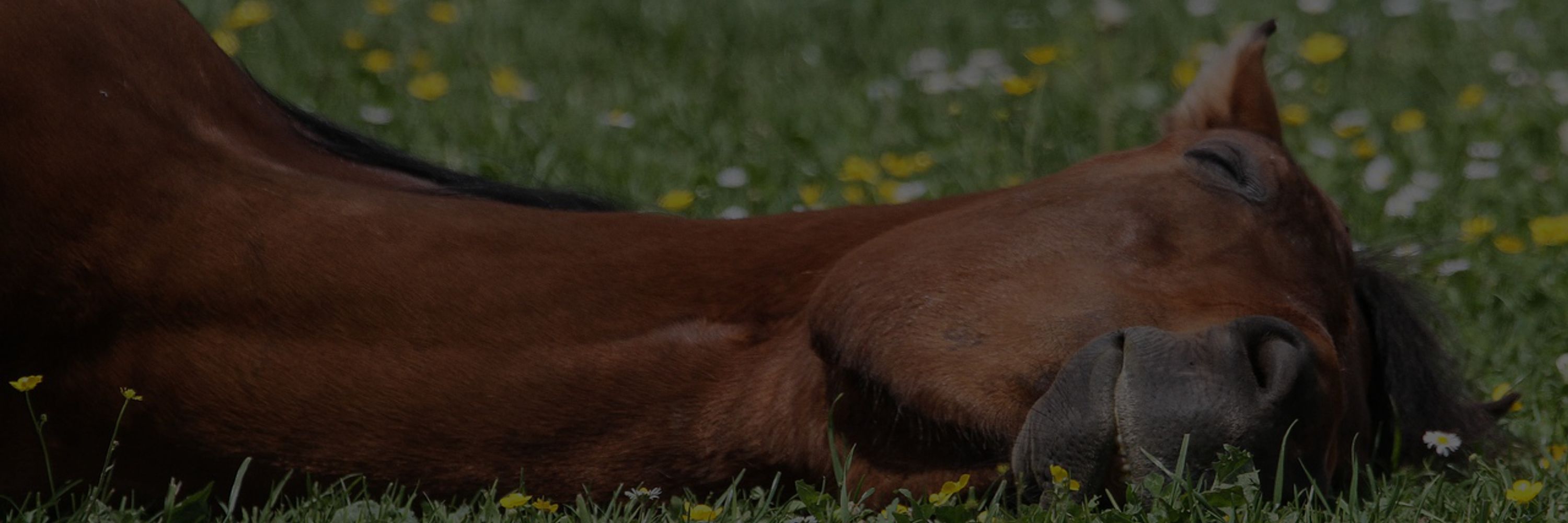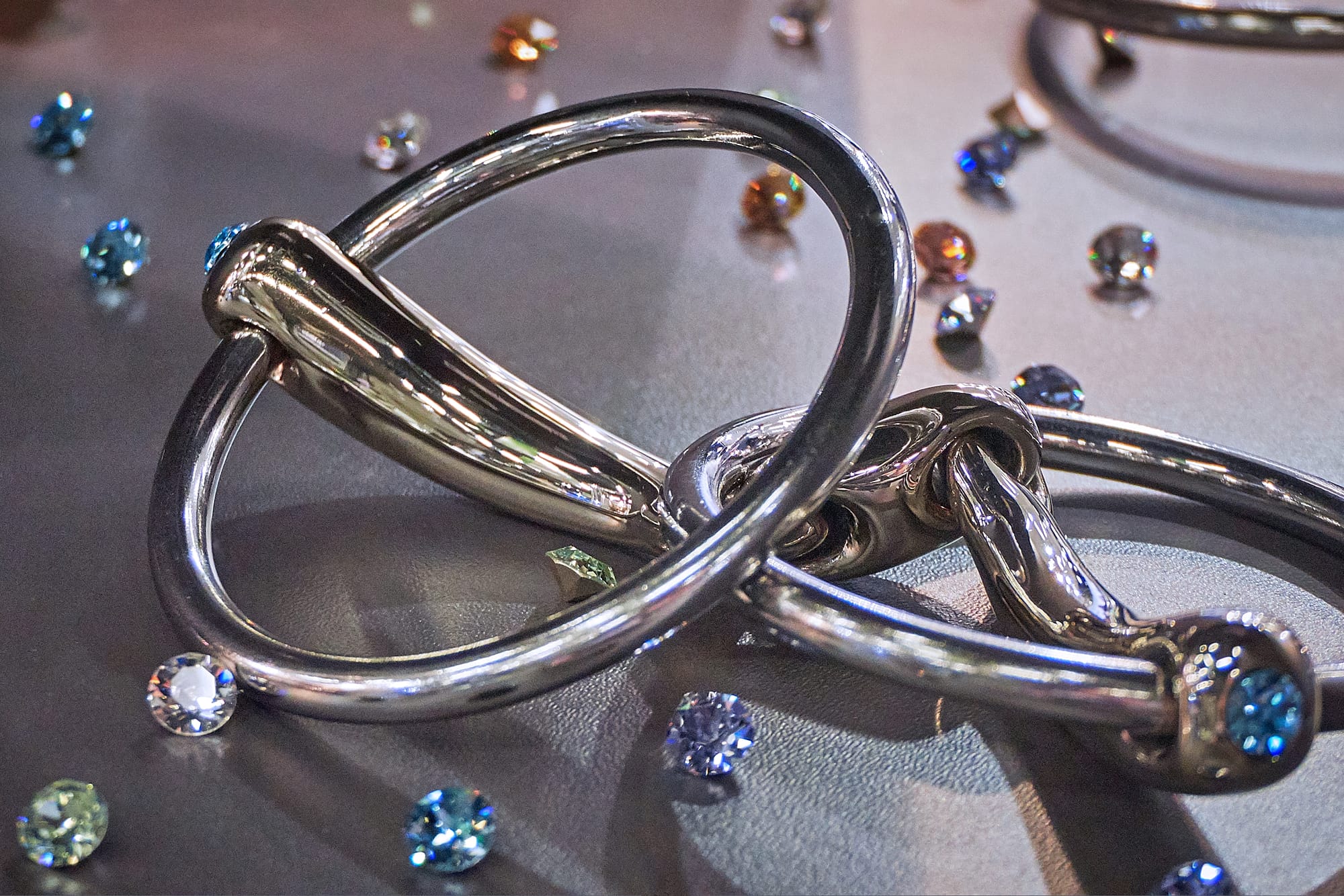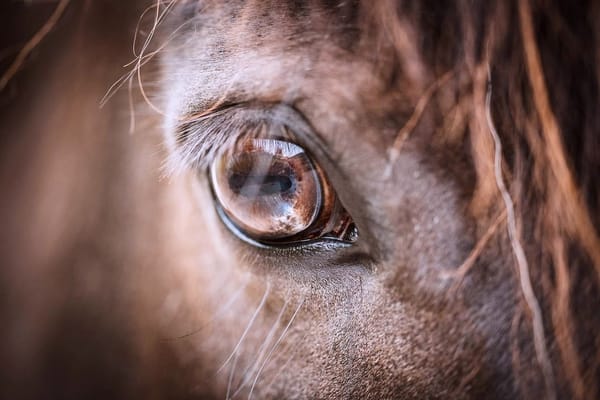The rider, the substance, or the system?
Doping control is the backbone of clean sport—but what happens when the setting itself undermines the very tests meant to protect integrity? How can a doping test even be considered valid when collected in a totally uncontrolled environment?
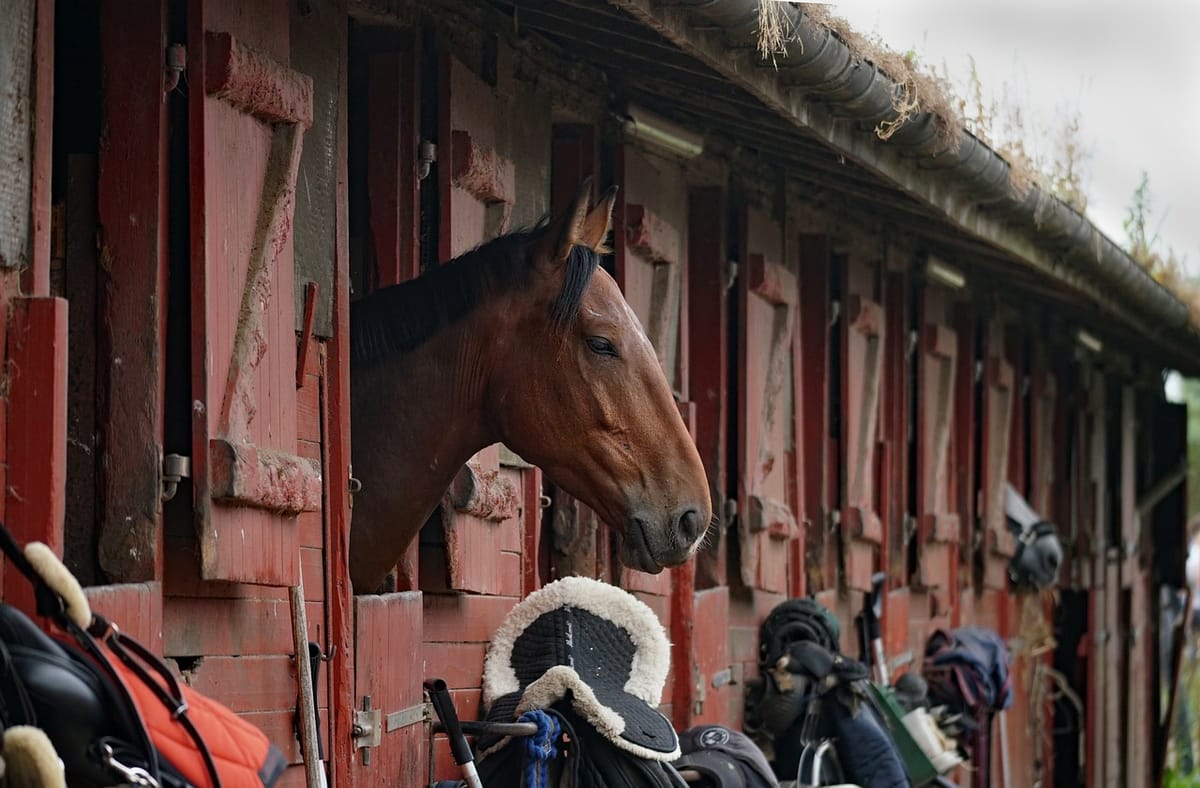
Ever so often horses, riders and grooms arrive to stables that, in opposite to common sense, and regulations, are neither secured nor sterilised upon their arrival.
Open access, combined with both lack of security, as well as a non existing chain of custody from the moment the first hoof hit the shavings, actually seem to be the standard of most international events.
When this happens in a sport where micrograms can either make or break ones career, it raises the very much uncomfortable question: how can a doping test be considered valid in an uncontrolled environment?
Cause it’s not just about the test result—it’s about the environment surrounding it.
FEI Veterinary Regulations 2025 Annex X
STABLES CLEANING AND DISINFECTION PROTOCOL
It is essential that very high standards of hygiene are implemented in FEI stables. In accordance with the FEI Veterinary Regulations, it is necessary that stables are cleaned and disinfected before the arrival of horses.
Horse transporters and stables must also be cleaned and disinfected before they are used between different horses. Cleaning and disinfection protocol Cleaning and disinfecting stables is a multi-step process.
1. Remove all bedding and stable fittings such as feed and water buckets, hay nets and rubber matting
2. Sweep the walls and floor of the stable to remove as much organic matter as possible
3. Wet all surfaces of the stable using a hose. It may be necessary to leave the wet surface for an extended period to soften dried-on organic matter to allow for easier cleaning.
4. Clean the stables walls and floor, including corners of the floor and all joints, with a detergent to emulsify organic matter and make it easier to remove. It may be necessary to manually scrub the walls and floor to loosen organic matter. Care must be taken when using low power pressure washers. Pressures above 120psi may result in the production of aerosols that spread infectious agents into the air.
5. Rinse the walls from the top downwards, starting furthest away from the drain or door. It is necessary to pay close attention to corners and crevices and to rinse the floor well.
6. Leave the stable to dry.
7. Prepare and apply disinfectant according to the manufacturer’s instructions and apply it to the walls and floor. This can be carried out using a hand held sprayer or garden sprayer. Always ensure that suitable protective clothing is used when handling disinfectants.
8. Follow the manufacturer’s instructions regarding the contact time between the disinfectant and the surfaces and the required rinsing procedures.
9. Ensure the stable is dry before filling it with clean bedding
10. Remember to clean and disinfect and stable fittings before replacing them e.g. rubber flooring, feed and water buckets.
Contamination and manipulation
In both horse racing and the FEI disciplines, strict protocols such as bio-secure stabling, limited access, surveillance, and clear logs of who enters and exits are supposedly in place.
But when an event take place at a venue that is not purpose-built for equestrian sport, like i.e. when a racetrack doubles as a general show ground, which is quite common in all the Olympic disciplines, those protocols can falter.
When they do, the door is not only open to contamination, but also to manipulation.
Imagine being a rider trying to defend yourself against a positive test, at the same time as you know your horse stood in an unsecured event stable for the whole weekend. Even if the test is technically accurate, is it fair? No, of course not!
There are several cases where riders, and horse racing trainers raised red flags about potential contamination or lack of secure facilities. In one instance in horse racing, appeals were launched based on the absence of proper stewardship around the horse’s housing. With no such luck I might add.
Cross-contamination from feed buckets, unwashed hands, or even bedding used by another horse previously treated with medication is possible. Cause horses touch, lick, chew, and absorb substances through skin and mucous membranes.
So if a stable isn’t clean and locked, how can anyone ever guarantee the horse wasn’t accidentally or even deliberately exposed?
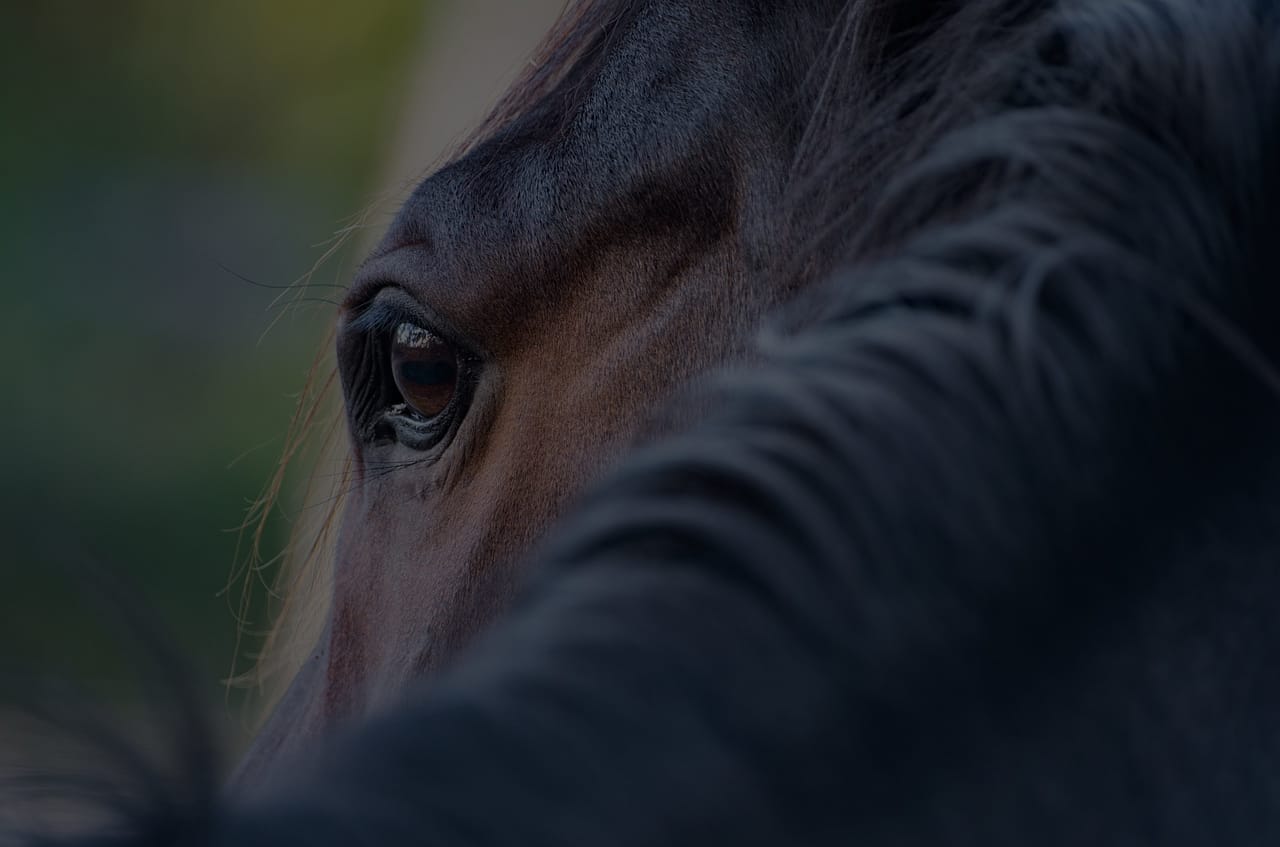
Buy Me a Coffee
Buy Me a CoffeeAnd how come in the year of 2025 where equestrian sport is constantly under scrutiny there are no proper regulations safe guarding athletes and their horses from let us just call them "bad people".
Reading up on the regulations it is painfully obvious show jumping have their own little rule book. Maybe the horses are too valuable to not stand in properly secured and monitored stables.
According to the regulations of the FEI, stable security is required at all events, with the following [oh so many] exceptions:
Dressage: CDI1*, CDI2*, CDICh, CDI-P, CDI-J, CDI-Y, CDI-YH and CDI3* outside Europe
Driving: CAI 1*, CAI 2* and CAI3*
Endurance: CEI1* and CEI2* CIM
Eventing: CCI*-Intro, CCI2*-S, CCI2*-L, CCI3*-S, CCI3*-L, and CCI4*-S
Para Equestrian Dressage: All CPEDI except Championships and Games
Vaulting: CVI 1*, CVI 2*, CVI 3* CVI-Ch and CVI-J
Let's focus on the Olympic disciplines of dressage, eventing and jumping. Jumping is evidently not on the list. Neither are the ponies, juniors, young riders and young horses in eventing, a qualified guess is they are merged with their respective other levels.
Dressage riders above CDI3-level are provided with stable security, at least in Europe. At lower level events, plus any eventual CDI3-events outside of Europe, not so much.
In eventing the whole concept of stable security only kicks in on the two highest levels [CCI4-L & CCI5*L] of the sport, that's it!
So when hosting a CCI4*-s there is no need for stable security!
To make the connection what level that is, that is the third highest level of the sport. It is the same level as the standard legs in the FEI Nations Cup™.
It is also the very same level in which the eventers ride at CHIO Aachen every year. To my knowledge CHIO Aachen does have stable security so that would not be a problem.
But imagine this, on all eventing levels except in the long four and five star format there is no need what so ever for the organising committee to provide any kind of stable security.
Which means that a 1m international show jumping horse and its rider, which would be riders like me if I wanted to go international in my current state, have more protection than world class eventing horses and their riders!
So tell me this—if a positive test happens in an unsecured stable, who’s really at fault?
The rider?
The substance?
The system?
I bet most of you out there would say the system, even me with my zero tolerance for doped up horses would go with the system on this one.
According to the FEI it would be the PR, the person responsible a.k.a. the rider!
Cause according to their regulations: any failure of the organising committee [OC] to provide adequate stable security shall not be a defence to any violation brought under the EADCMRs.
2025 VETERINARY REGULATIONS IV. Stable Security
14. Stable security as described below is required at all Events, with the following exceptions:
Dressage: CDI1*, CDI2*, CDICh, CDI-P, CDI-J, CDI-Y, CDI-YH and CDI3* outside Europe
Driving: CAI 1*, CAI 2* and CAI3*
Endurance: CEI1* and CEI2* CIM
Eventing: CCI*-Intro, CCI2*-S, CCI2*-L, CCI3*-S, CCI3*-L, and CCI4*-S
Para Equestrian Dressage: All CPEDI except Championships and Games
Vaulting: CVI 1*, CVI 2*, CVI 3* CVI-Ch and CVI-J
- All Horses participating in an Event that requires stable security must be stabled within a completely restricted FEI Stables Area, consisting of the following minimum requirements:
a) 24 hour security system;
b) a system to check the entry and exit of all Horses and the accreditation required by all personnel entering the stables; and
c) a system using a suitable “sign in” sheet to record the entry and exit of persons into the stables outside of stated working hours (e.g. overnight).
16. The restrictive perimeter around the stable area must prevent the entrance of unauthorised persons and the uncontrolled exit of Horses.
17. The FEI Stables Area must include only stables, Testing Boxes and Treatment Boxes; lorries, caravans, and other non-essential vehicles must not be permitted within the FEI Stables Area.
18. A CCTV system may be deployed by the FEI at some Events.
19. Athletes and/or NFs are permitted to install and use their own camera monitoring systems within the FEI Stables Area for the sole purpose of monitoring their Horse(s), provided a written/email approval has been granted by the FEI. Any such use of camera monitoring systems must comply with the FEI’s protocol.
20. Persons and their pets must not urinate in stables/loose boxes.
21. Failure of the OC to provide adequate stable security shall not be a defence to any violation brought under the EADCMRs.
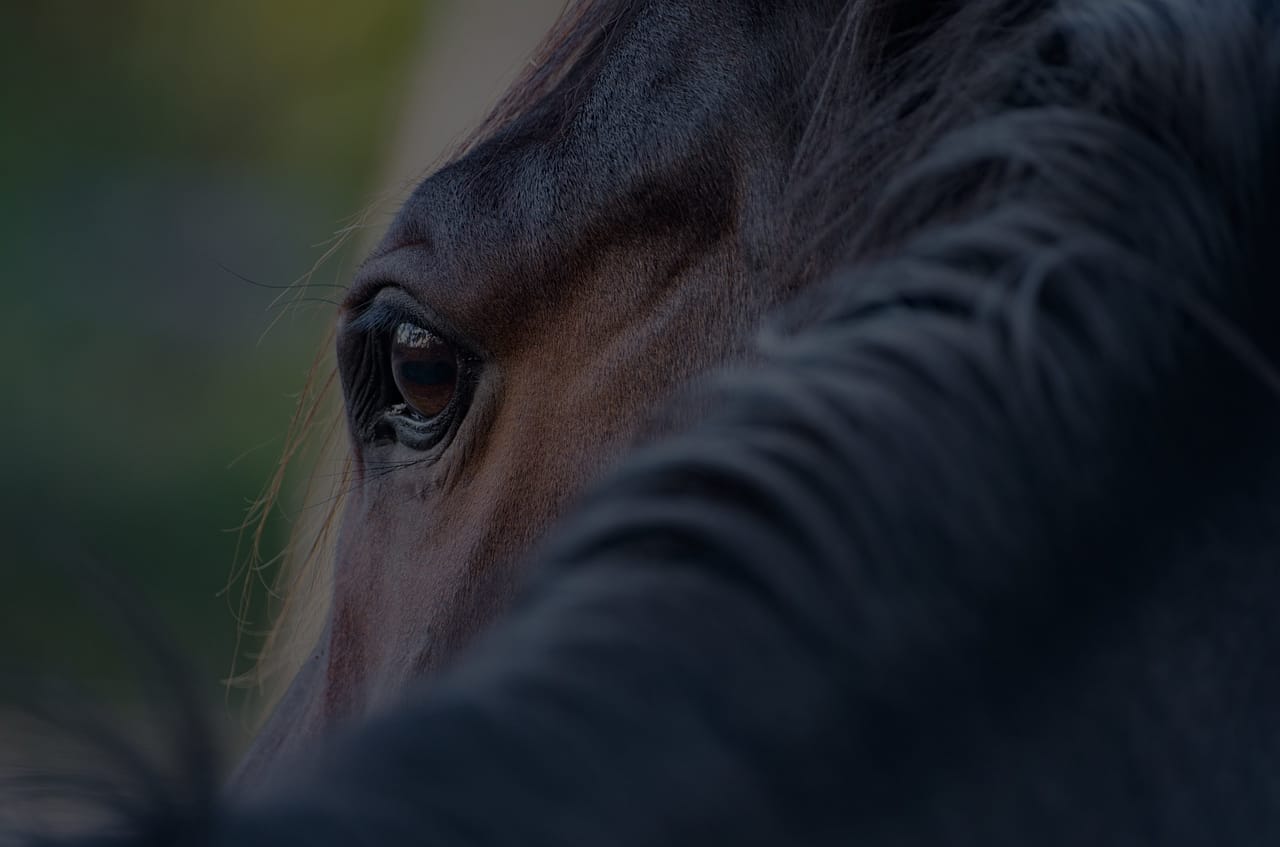
Please do better!
Both the FEI and other governing bodies must do better than this!
Hosting events at versatile or third-party venues like racetracks or arenas is common, but they need to come with the same guarantees of safety, fairness, and neutrality.
Cause here’s the truth no one likes to be said out loud: a doping violation under questionable stabling conditions is just as bad as no doping control at all.
Which means that if we truly believe in, and want to uphold the values of clean sport, we also need to make sure the standards of the testing environment match the standards we demand off the athletes.
Any thoughts on this? Please leave your comment in the comment section, and don't forget to share this story with your friends and family👇🏻
